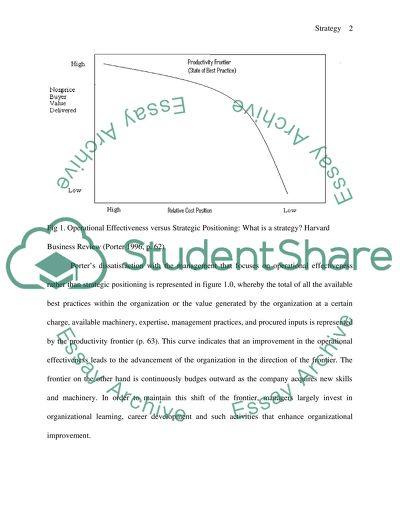Cite this document
(“Strategic Essay Example | Topics and Well Written Essays - 2500 words”, n.d.)
Retrieved from https://studentshare.org/miscellaneous/1555297-strategic
Retrieved from https://studentshare.org/miscellaneous/1555297-strategic
(Strategic Essay Example | Topics and Well Written Essays - 2500 Words)
https://studentshare.org/miscellaneous/1555297-strategic.
https://studentshare.org/miscellaneous/1555297-strategic.
“Strategic Essay Example | Topics and Well Written Essays - 2500 Words”, n.d. https://studentshare.org/miscellaneous/1555297-strategic.


